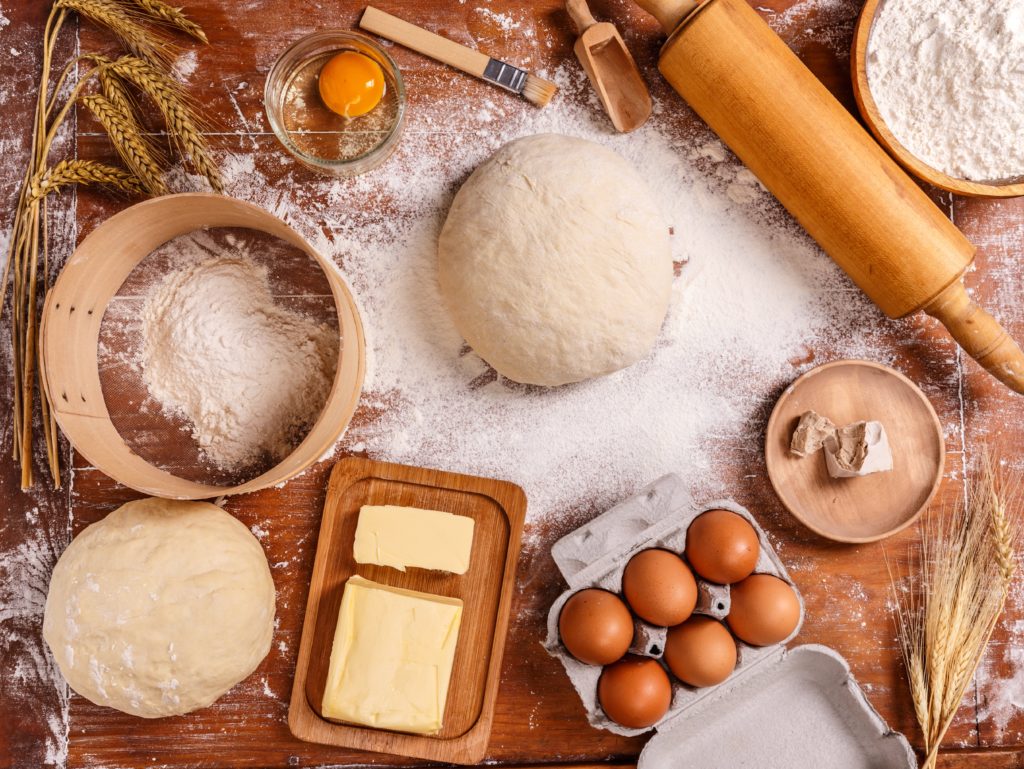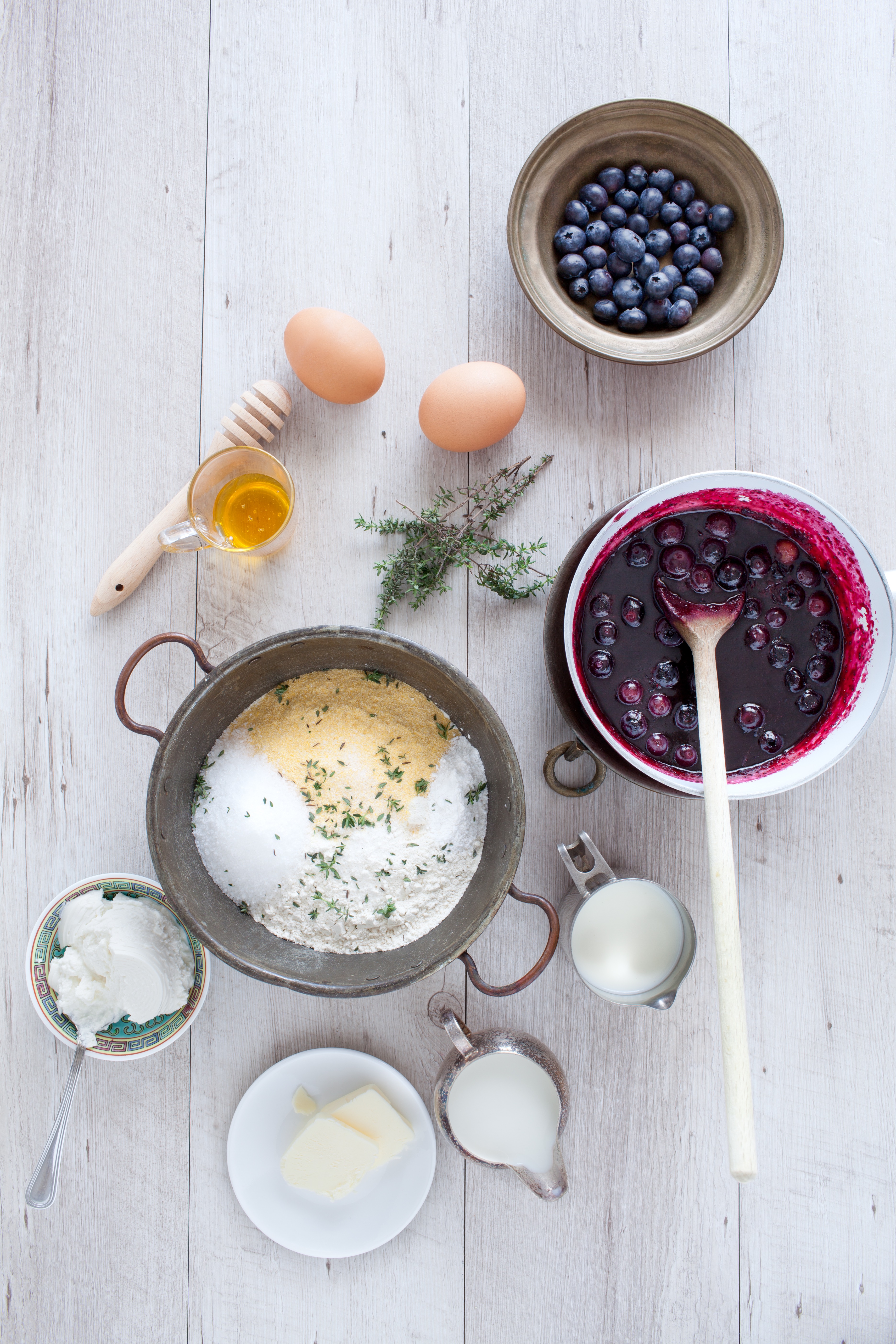Before You Bake Happy (Prep Tips)

With a little prep work, a lot of heartache and burnt off THC can be avoided. Here are a few basics for baking and baking with cannabis that you might not know.
Set Out Your Ingredients Ahead Of Time
Let’s face it, we are probably already high or medicated when we begin to Bake Happy. To help avoid any pit falls that may come from being forgetful/happy/high.
Set out all your ingredients ahead of time. Measure them out. Place them in small containers, cups, large bowls.
I like to use small glass bowls for any liquid ingredients like vanilla or almond extract. I use large stainless or glass bowls (I avoid plastics like the plague whenever possible) for dry ingredients like flour, sugar, etc.
Room Temperature Ingredients Make A Difference
Allow the following to sit for 30 minutes at Room Temp
Before beginning to #BakeHappy – Butter – Eggs – Milk
You can’t rush baking. You can’t speed up cookie dough chilling, the chocolate setting, or the cheesecake evenly firming. You can’t rush French macarons or skip a dough proofing step. And you absolutely can’t ignore the need for room temperature ingredients by using straight-from-the-fridge instead.
Certain recipes call for ingredients like eggs, yogurt, cream cheese, butter, and/or milk to be at room temperature but many people ignore this step. No! Don’t! Room temperature isn’t listed next to ingredients for fun. Recipe authors aren’t trying to make your life difficult and then laughing “muhaha!” like an evil sinister in the corner.
There’s science behind the importance of temperature, so if a recipe calls for room temperature ingredients, use room temperature ingredients.
There is no way around this and if you use cold butter or cold eggs when they should be room temperature– your recipe won’t live up to its potential. And it won’t taste the way it should.
When at room temperature, eggs, butter, and other dairy ingredients form an emulsion which traps air. While baking in the oven, that trapped air expands and produces a fluffy baked good.
For example: a light-textured cake or a tender cupcake. Not only this, room temperature ingredients bond together very easily since they’re warmer, creating a seamless and evenly textured batter. Smooth batter equals a uniformly textured baked good. Cold ingredients do not incorporate together as easily. Or even at all! This results in clumpy frosting, chunky cheesecake, dense cookies, flat breads and muffins, etc.
A lot of recipes start with room temperature butter creamed with sugar. Creaming just means that the two are beaten together until light, white, and creamy. When you think about it, sugar is nothing but a billion little jagged-edged (and delicious!) crystals. When beaten with butter, their edges dig out little air pockets in the butter. If your butter is too cold because you just took it out of the fridge or only gave it 10 minutes to soften, the sugar crystals can’t claw their way through the hard butter. No trapped air, no light and airy baked good.
